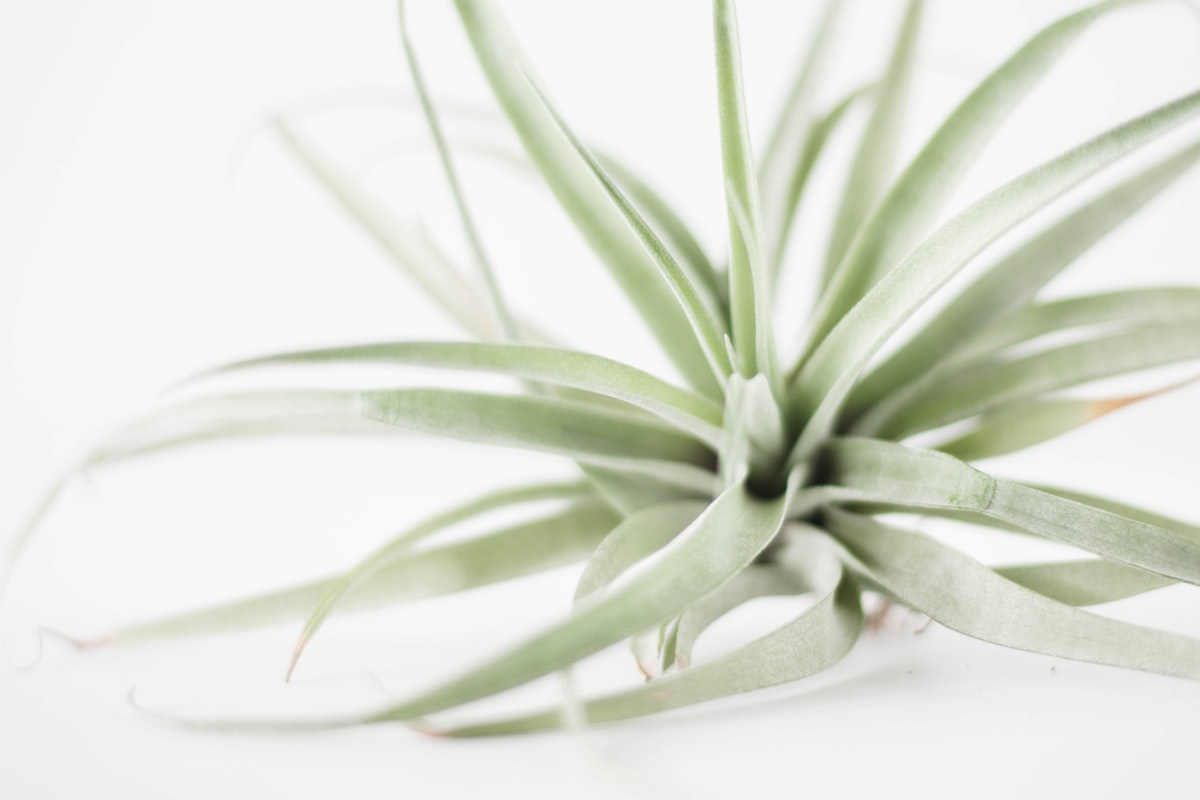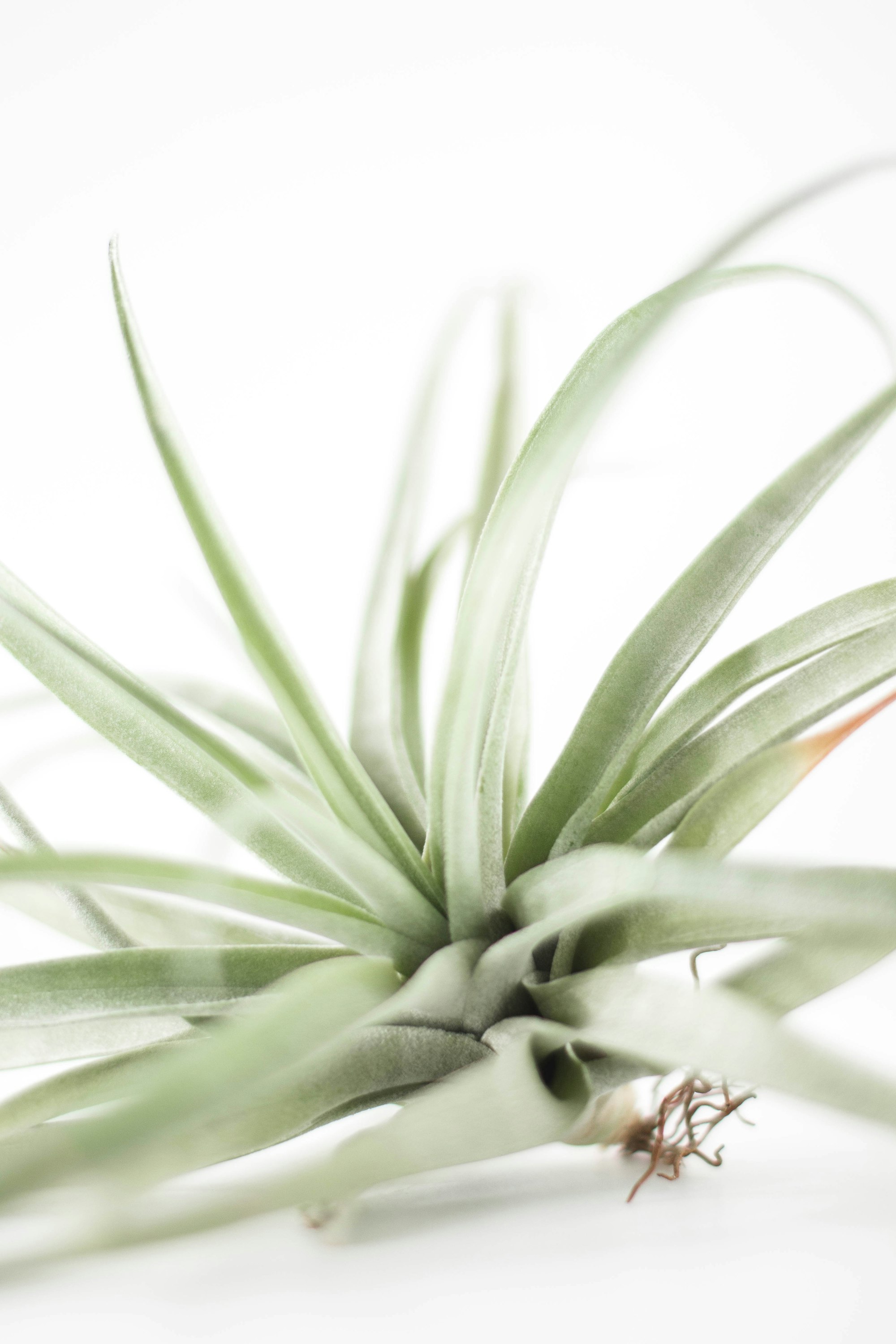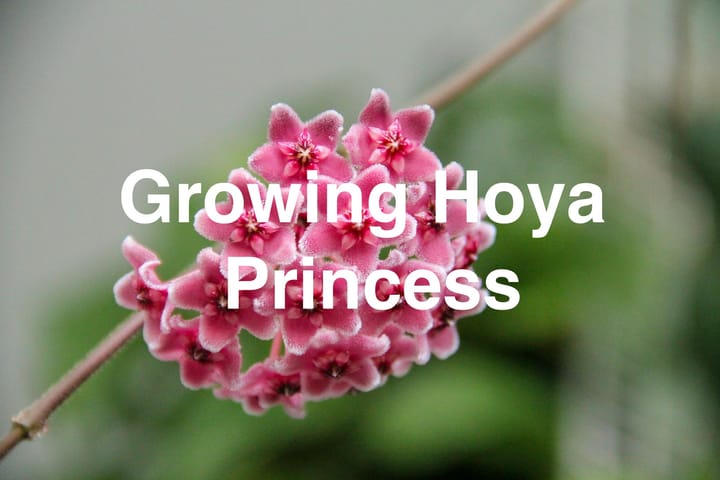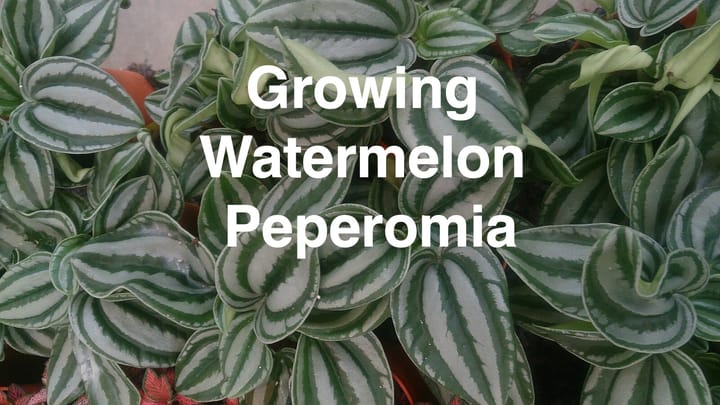How to Grow Tillandsia Cacticola
Tillandsia cacticola, also known as air plant, is a unique and easy-to-grow variety that can add a touch of natural beauty to your indoor or outdoor spaces. Known for its ability to thrive without soil, this resilient plant only requires a few simple steps to ensure its growth and vitality.

Table of Contents
To successfully cultivate Tillandsia cacticola, it is essential to provide the right environment, including bright, indirect lighting, as it can tolerate more direct sunlight than other air plants.
Additionally, paying attention to watering frequency and maintaining proper ventilation are crucial aspects of its overall care regimen.
About Tillandsia Cacticola
Tillandsia cacticola is a unique species of air plants belonging to the Bromeliaceae family, which consists of various bromeliad species native to South America.
This epiphytic plant is primarily found in Brazil's tropical and subtropical regions, where it grows on other plants or objects instead of in soil.
The T. cacticola is characterized by its rosette growth pattern and lavender-to-yellow colored flowers.
Known for their low-maintenance requirements, these air plants can thrive without soil and adapt to various environments, making them popular for indoor gardening and decor.
Growing Tillandsia Cacticola
To grow Tillandsia Cacticola, choose an appropriate mounting material such as driftwood, slate, or shells.
Attach the plant using a safe adhesive like non-toxic glue or wrapping the base with moss to create a secure hold.
Ensure the mounting material can handle moisture without rotting, as the plant requires regular watering.
Avoid burying the Tillandsia Cacticola in soil or covering the entire base with moss when planting.
Your air plant should receive ample indirect sunlight and have proper air circulation.
If you can provide these conditions, your Tillandsia Cacticola will thrive and become a stunning addition to your space.

Caring For Tillandsia Cacticola
Sun and Temperature
Your Tillandsia cacticola will thrive in bright, indirect sunlight.
Thanks to its trichomes, the plant can tolerate more direct sunlight than most air plants.
Ensure the temperature remains within 9-11 hardiness zones, commonly found in northern Peru.
Water and Humidity
Tillandsia cacticola is drought-tolerant, allowing it to survive longer periods of dryness.
Despite this, it is essential to maintain a regular watering routine by misting or soaking, depending on your environment's humidity levels.
Soil and Fertilizer
Air plants, like Tillandsia cacticola, do not require soil. Instead, they absorb nutrients through their leaves.
Fertilize your plant with a liquid fertilizer designed for air plants and ensure it does not contain copper, which can harm them.
Repotting
As Tillandsia cacticola does not need soil, repotting is unnecessary. You can grow your plant on rocks, branches, or other non-soil surfaces that provide ample ventilation.
Pruning and Propagation
To propagate your Tillandsia cacticola, look for pups or offsets that grow at the mother plant's base.
Carefully remove these pups and place them in a new location to establish their growth.
Pruning is minimal for Tillandsia cacticola; trim any dead leaves to maintain a healthy appearance.
Troubleshooting Plant Problems
Growing Problems
Tillandsia cacticola requires bright, indirect lighting to thrive. If your plant's leaves start curling, it may indicate insufficient lighting or inadequate watering.
Adjust the lighting and ensure the plant is kept in a well-ventilated environment that mimics its natural rainforest habitat.
Maintain consistent moisture levels for your Tillandsia cacticola, as letting the soil or moss around its roots dry out can hinder growth.
Remember to mist it at least once a week and soak it once every two weeks to provide adequate hydration.
Pests and Diseases
Mealybugs are common pests that can infest Tillandsia cacticola.
To control these pests, treat your plant with insecticidal soap or rubbing alcohol and water.
Inspect your plant regularly to catch any infestation; early treatment can prevent significant damage.
In addition to pests, diseases can also impact the health of your Tillandsia cacticola.
Ensure proper growing conditions, including good air circulation, and avoid overwatering to reduce the risk of diseases.
You can keep your plant healthy and thriving by providing the right environment and promptly addressing any issues.
Conclusion
Tillandsia cacticola, a member of the Bromeliaceae family, is an epiphytic air plant that can be a beautiful addition to your collection of houseplants.
These plants are similar to orchids and bromeliads in their growth patterns and can be found in nurseries specializing in epiphytic plants.
To ensure your Tillandsia cacticola's healthy growth, provide bright, indirect light and maintain adequate ventilation.
As a bonus, Tillandsia cacticola will reward you with a stunning inflorescence when it reaches maturity.
Follow the care tips above, and enjoy your vibrant, thriving Tillandsia cacticola air plant.
Frequently Asked Questions
What is the ideal environment for Tillandsia Cacticola?
Tillandsia Cacticola thrives in tropical and subtropical regions. As an epiphyte, it grows on other plants or objects, favoring well-ventilated areas.
How often should I water my Tillandsia Cacticola?
This drought-tolerant air plant doesn't require frequent watering. Make sure to provide a well-draining medium to prevent soggy conditions.
What is the best lighting for growing Tillandsia Cacticola?
Bright, indirect lighting is ideal for Tillandsia Cacticola. Thanks to its trichomes, this plant can tolerate and enjoy more direct sunlight than most other air plants.
Do Tillandsia Cacticola plants require soil?
No, air plants like Tillandsia Cacticola do not require soil. They can grow on various surfaces and demand adequate ventilation for healthy growth.
How can I propagate Tillandsia Cacticola?
You can propagate Tillandsia Cacticola by detaching and replanting the offsets, or "pups," that grow from the parent plant. Ensure a suitable environment for the new plantlets to thrive.
What are common issues faced while growing Tillandsia Cacticola?
Common issues include improper watering, inadequate lighting, and pests. Monitor your plant closely, providing the right amount of light and water and implementing pest control measures when necessary.


